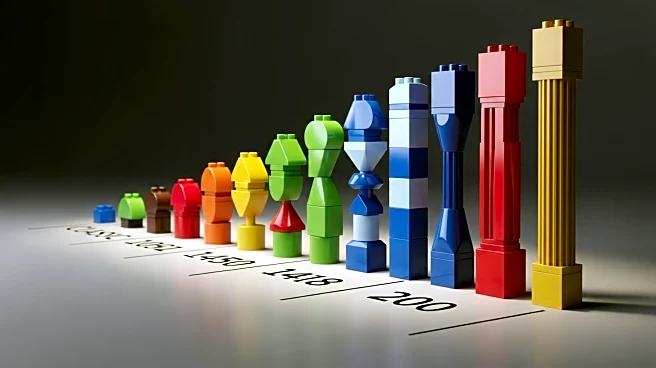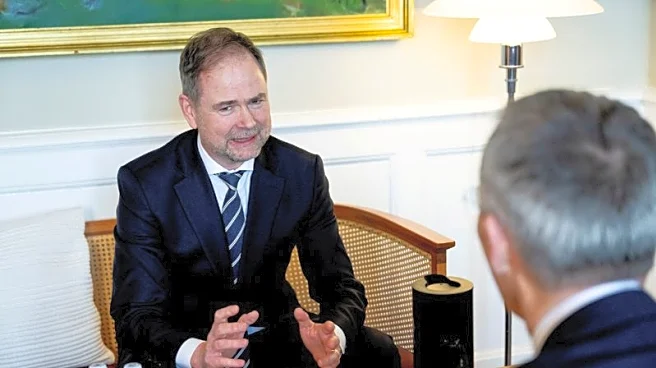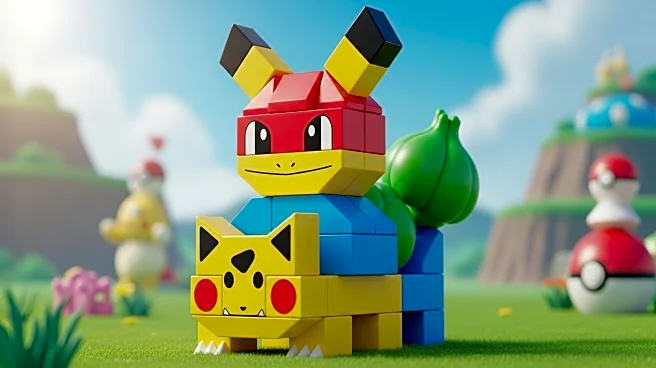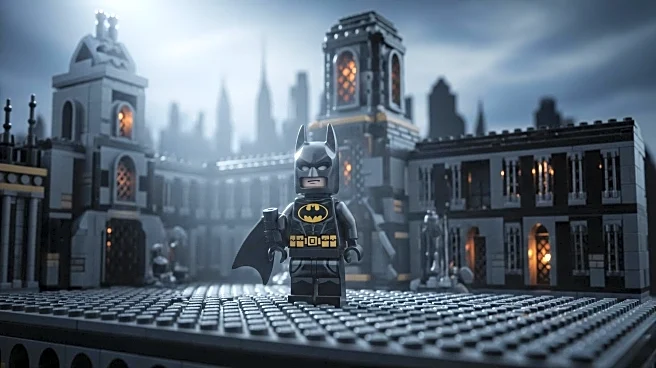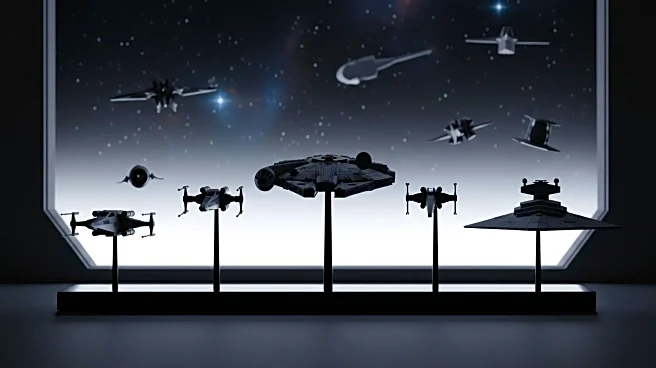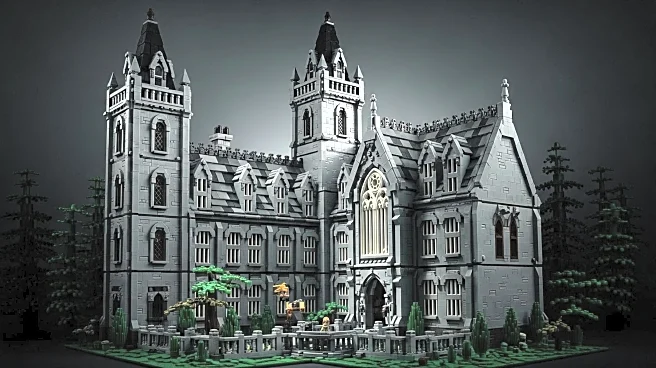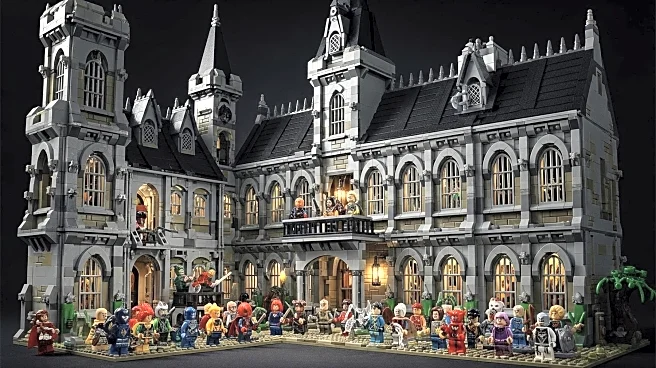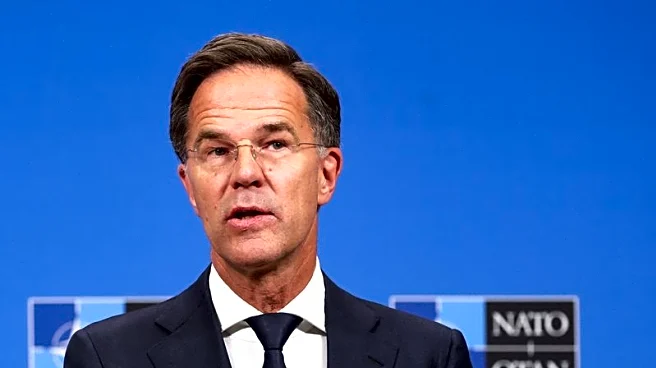Lego, a beloved toy brand known for its colorful interlocking bricks, has a rich history that spans several decades. From its humble beginnings to becoming a global phenomenon, Lego has continuously evolved, introducing new themes
and products that capture the imagination of children and adults alike. This timeline explores the key phases and turning points in the history of Lego, highlighting its growth and innovation over the years.
Origins
Lego's journey began in the early 20th century, but it was in the 1960s that educators recognized the potential of Lego bricks as educational tools. This recognition laid the foundation for Lego's future endeavors in
education and creativity. By 1980, the Lego Group had established the Educational Products Department, marking a significant step in expanding the educational possibilities of their toys.
Key Phases
Throughout the 1980s, Lego introduced several new themes and products that would become iconic. In 1980, Lego train tracks were introduced, and the company celebrated its 50th anniversary in 1982. The Expert Builder series matured into Technic, offering more complex building experiences. The launch of the Lego Castle series in 1984 and the Lego Pirates theme in 1989 further expanded the brand's offerings.
Turning Points
A major
turning point for Lego came in 1988 with the first Lego World Cup building contest held in Billund, Denmark. This event showcased the global appeal of Lego and its ability to bring together children from different countries. The same year, Lego Canada was established, and the "Brick Separator" was introduced, enhancing the building experience for users.
Present Status in Source
Today, Lego continues to be a leader in the toy industry, with a
strong presence in educational products and a wide range of themes that cater to various interests. The company's commitment to innovation and creativity remains evident in its ongoing development of new products and experiences for Lego enthusiasts worldwide.
